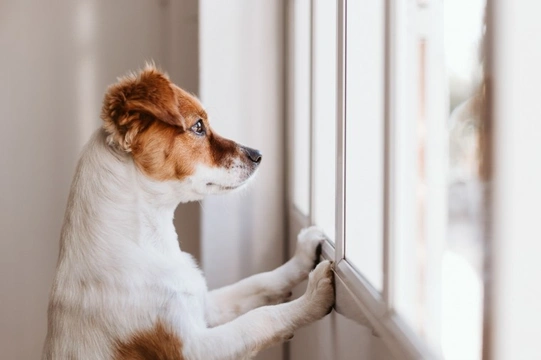
Helping self-isolating dog owners safely during the Covid 19 epidemic
Covid 19 coronavirus is bringing about massive changes to how we as a country and our individual communities communicate, interact, and live; everything from how we work to how we shop and how we deal with other people has changed dramatically already within the space of just a couple of months. Things are set to change more and more over the coming months too, and self-isolating for several months is already being strongly advised for people who are particularly vulnerable and members of at-risk groups.
However, people who are self-isolating with dogs have a real problem on their hands, in terms of both safeguarding their own health and that of the other people they live with, and tending to the needs of their dogs too.
How to get a dog walked when self-isolating is one of the biggest and most recurrent challenges in this respect of course, but far from the only one. This means that many individuals and wider communities too are doing their best to help their neighbours and friends who are self-isolating to take care of their dogs and meet the basic needs of themselves and their pets during this difficult time.
However, it is really important for anyone helping someone self-isolating to care for their dog to avoid contact with them, and to take steps to do so safely, and this is easier for some things than others. Knowing what sort of help might be needed by a neighbour who is self-isolating is a good start, as you can then look at steps that you can take to do so safely and without exposing you or the other party to any undue risk.
With this in mind, this article will suggest some of the ways that you can help a dog owner that is self-isolating to take care of their dogs and the things they cannot do for their dogs during this time, with some basic advice on how to do so safely. Read on to learn more.
Offering dog walking help
First up, the greatest challenge for anyone who is self-isolating with a dog is getting the dog exercised, as this is a time-consuming practice that needs to be taken care of every day, not just as a one-off favour.
Offering to walk the dog regularly or even just as and when as part of a group of volunteers is perhaps the most useful way to help someone who has a dog and that is self-isolating.
To do this safely, you should try to arrange hand-off of the dog without direct contact, with the dog perhaps being left in the porch, hallway, or garden for you to collect. If in the garden, the dog should be watched until collection is achieved! Also, both parties should wash their hands or use sanitizer before and after pick-up and drop off.
Socialising dogs with your own
Socialisation is really important for dogs, as they’re a really social species, and enabling this while social distancing is not easy. For people who are self-isolating and that cannot go out, it is even more so, and so something else that you can do is offer to take the dog out with your own dog or take their dog home with you for a few hours to let the dog play with your own. Safe remote handover procedures should once more be utilised.
Support and companionship remotely
Just chatting by phone, video call or message about your dogs and how things are going can be a lifeline for someone who is isolated, and for many older people, their dogs are their only companions and a popular topic of conversation.
Just taking the time to reach out and talk remotely to someone who cannot get out can make a big difference to their mental wellbeing.
Transporting their dog to vet visits and so on
Offering to transport the dog to any vet visits that may be needed during self-isolation is a very important service too, as people who are able to do this and that can provide transport might be in short supply.
People who are self-isolating can’t take their own dogs to the vet if needed, so helping them in this respect for either regular appointments for standard services or being available in an emergency is a great thing to do.
Getting dog food and essential supplies
Many people already order their dog food and other essential supplies online, but if deliveries are in short supply or suspended, in an emergency, or if the dog needs something that can only be attained locally, being available to pick this up is realty helpful.
The same goes for things like veterinary prescriptions and prescription medications, and vet-issued preventative medications like flea and worming treatments, although again these might be able to be send through the post instead.



